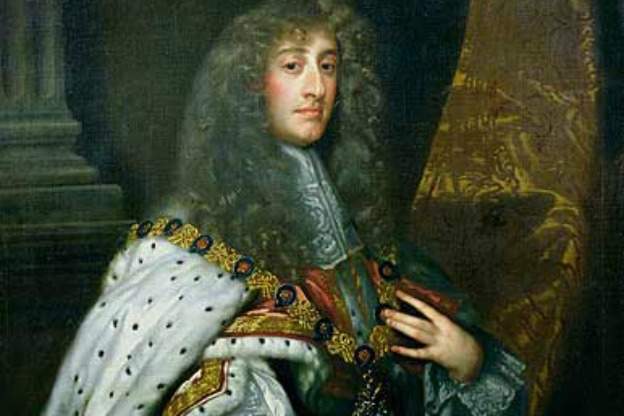
In 1698, Henry Playford wrote about Purcell, saying that the composer had "a peculiar Genius to express the energy of English words.” And maybe this is the reason that it is so easy to feel a particular connection with Purcell’s songs. Among Purcell’s most popular is his Musick for a While. Three recordings on today’s podcast include a version of that song: a United Classics reissue of a 1996 recording by countertenor, Michael Chance, a 2013 Alpha productions disc from the ensemble Scherzi Musicali, and a 2014 release from Ars Producktion of a performance by Ensemble Le Fenice.
Michael Chance
Listeners are used to hearing Purcell’s songs sung by high voice. In many cases, the repertory has become primary countertenor domain. Indeed, in his autograph score, Purcell designated the piece for the 17th-century countertenor John Pate. Michael chances voice and interpretation is gorgeous and it reminds us why we fell in love with him in the first place.
Besides the secular and theatre songs on Chance’s recording, there are a couple of examples of Purcell’s sacred music. Much of Purcell’s music in the genre was intended for use in the home—for domestic service—a tradition brought on by the English Civil war when cathedral choirs were disbanded. The speaker in the song “In the black dismal Dungeon of despair” cries to Jesus for relief and redemption.
Scherzi Musicali
Much attention is given to the instruments in the recording by Scherzi Musicali, revealing a richness and diversity of timbres in the recorder, theorbo, gut strung virginal, triple harp, viol and guitar. You can hear many of these instruments in tr. 10 of this recording, “a new ground in e minor.” While listening, you might also notice the use of inegal—or unequal notes, like swung notes in jazz—and its opposite backdotted, or lombardic rhythm reflecting Purcell’s admiration for French musical fashion in England. Also via France, an instrument that made its way from Spain to Italy then far and wide onto the London musical scene was the baroque guitar.
La Fenice
A third recording gives us yet another soundscape for Purcell’s music. A 2014 release from Ensemble La Fenice features a wide array of instruments and singers, with a spotlight not only on Purcell’s songs but Purcell’s organ music and instrumental sonatas as well. Many are familiar with Purcell’s Three Parts upon a Ground for three violins—there’s a famous recording with violinists Andrew Manze, John Holloway, and Stanley Ritchie performing, but here its played on a violin, an oboe, and a cornetto! In the liner note, La Fenice admits that perfoming this piece on the cornett doesn’t reflect a standard of the time, but it is nonetheless represents the ”dream of a cornett player, unwilling to be deprived of the most beautiful music!”









